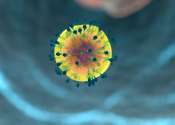Developing multiple concentration gradients for single cell–level drug screening
The potential to isolate and regulate the biodynamics of single cells is significant in drug design and screening. However, pre-existing experimental reports in single-cell drug screening must yet provide multiple-dose gradient ...









